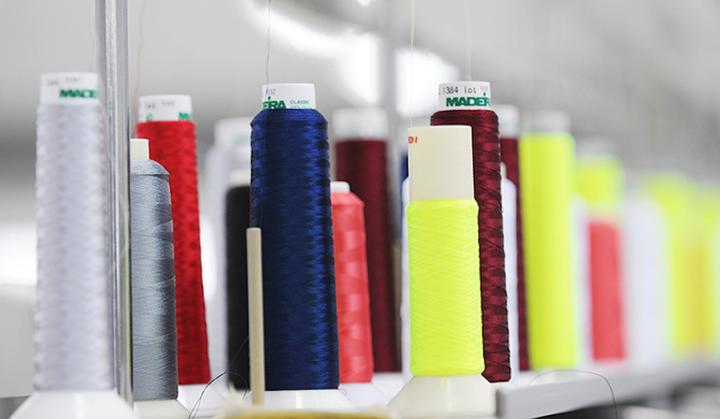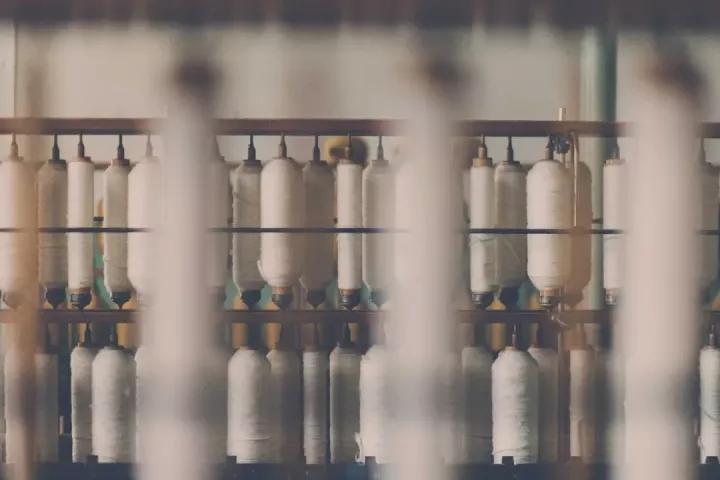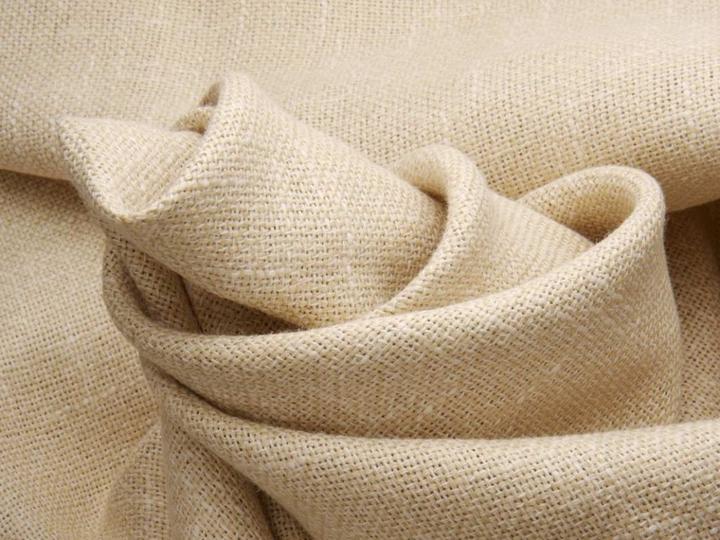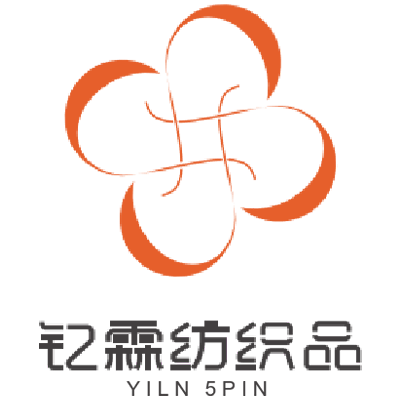Common Concepts and Classification of Textiles
Common Concepts and Classification of Textiles
As one of the main commodities exported from China, textiles are still unfamiliar to many students who have just graduated and are engaged in international trade in the textile industry. We hope that the following textile knowledge can be helpful to you.
Common concepts
1. Warp direction, warp yarn, warp yarn density - the length direction of the fabric; The yarn is called warp yarn; The number of yarns arranged within 1 inch is warp density (warp density);
2. Weft direction, weft yarn, weft yarn density - the width direction of the fabric; The yarn is called weft yarn, and the number of yarns arranged within 1 inch is the weft density (weft density);
3. Density - used to represent the number of yarns per unit length of woven fabrics, usually within 1 inch or 10 centimeters. According to Chinese national standards, the number of yarns within 10 centimeters is used to represent density, but textile enterprises still prefer to use the number of yarns within 1 inch to represent density. As commonly seen, "45" × 45/108 × 58 represents 45 warp and weft yarns, with a warp and weft density of 108 and 58.
4. Width - The effective width of a fabric, usually expressed in inches or centimeters. Commonly seen are 36 inches, 44 inches, 56-60 inches, and so on, respectively referred to as narrow, medium, and wide. Fabrics larger than 60 inches are called extra wide, commonly referred to as wide fabrics. Today, the width of extra wide fabrics in China can reach 360 centimeters. The width is generally marked after the density, such as the fabric mentioned in: 3. If the width is added, it is represented as: "45" × 45/108 × 58/60 "refers to a width of 60 inches.
5. Weight - The weight of a fabric is generally the number of grams per square meter of fabric weight. Weight is an important technical indicator for knitted fabrics, and for woolen fabrics, weight is also considered an important technical indicator. The weight of denim fabric is generally expressed in ounces (OZ), which is the number of ounces per square yard of fabric weight, such as 7 ounces, 12 ounces of denim fabric, etc;
6. Yarn dyed fabric, also known as "pre dyed fabric" in Japan, refers to the process of dyeing yarn or filament first, and then using colored yarn for weaving. This type of fabric is called "color woven fabric", and the factories that produce color woven fabrics are generally called dyeing and weaving factories, such as denim, and most shirt fabrics are color woven fabrics;
Classification of textiles
1. Classify according to different processing methods
(1) Machine woven fabric: a fabric made up of yarns arranged perpendicular to each other, horizontally and vertically, interwoven on a loom according to certain rules. There are denim, woven brocade, board silk, hemp yarn, etc There are many methods for classifying woven fabrics.
(A) According to the types of fibers that make up woven fabrics, they are divided into pure textiles, blended fabrics, and interwoven fabrics.
Pure textile - refers to a fabric woven from pure yarn of the same fiber in warp and weft, and the performance of this type of fabric mainly reflects the characteristics of the fibers. The warp and weft yarns of pure cotton fabrics are all cotton yarn (thread), such as pure cotton khaki 21 × 21/108 × 58. The warp and weft yarns of viscose fiber fabrics are both viscose fiber yarns.
Blended fabric - refers to a fabric woven from a blend of two or more different types of fibers, such as cotton linen blend, polyester cotton blend, wool polyester, etc. Their biggest feature is that the fibers are mixed together during the spinning process (usually in the "cotton cleaning process" before spinning).
Interwoven fabric - refers to a fabric woven from yarns or filaments of different fibers in the warp and weft directions, such as nylon filament in the warp direction, nylon adhesive interwoven fabric with viscose in the weft direction, silk wool interwoven fabric with real silk in the warp direction, and wool yarn in the weft direction.
(B) According to the length and fineness of the fibers that make up woven fabrics, they are divided into cotton type fabrics, medium length fabrics, wool type fabrics, and filament type fabrics.
Cotton type fabric - The length of cotton fibers is about 30 millimeters, and the yarn formed by this length of fibers is cotton type yarn (in order to blend with cotton fibers, the chemical fiber needs to be cut into this length - cotton type chemical fiber). The fabric formed by this type of yarn is cotton type fabric. Wool type fabric - The length of wool is about 75 millimeters (with significant differences among different varieties), and the yarn composed of fibers in this length is called wool type yarn (in order to blend with wool fibers, synthetic fibers need to be cut into this length - wool type synthetic fibers). The fabric composed of this type of yarn is called wool type fabric. Medium length fabric - a fiber that falls between the lengths of cotton and wool, called medium length fiber, and the resulting yarn is called medium length fiber yarn. The fabric made from this type of yarn is called medium length fabric.
Filament type fabric - a fabric woven from filament, such as synthetic silk fabric or polyester silk fabric.
(C) According to the organizational structure of woven fabrics, they are divided into plain weave, twill weave, satin weave, and other weaves. The concept of fabric organization has already been discussed earlier, and will not be elaborated here.
(D) According to the purpose of composing woven fabrics, they are divided into clothing, home textiles, industrial fabrics, etc.
(2) Knitted fabric: a fabric formed by weaving yarn into loops, divided into weft knitting and warp knitting.
a. Weft knitted fabrics are made by feeding the weft into the working needles of a knitting machine in the weft direction, so that the yarns are sequentially bent into loops and threaded together.
b. Warp knitted fabric is made by using one or several sets of parallel arranged yarns, which are fed into all working needles of the knitting machine in the warp direction, and then looped together.
Knitted fabrics are mainly divided into two categories: weft knitted fabrics and warp knitted fabrics. Weft knitted fabrics are used for sweaters and socks, while warp knitted fabrics are commonly used as underwear fabrics, and manual weaving is also a method of weft knitting.
In weft knitting, the yarn undergoes lateral reciprocating motion (or circular motion) from one side of the machine to the other, and when combined with the movement of the knitting needle, a new knitting coil can be formed. The yarn of weft knitted fabric runs horizontally, and the formation of the fabric is achieved by weaving a series of horizontally connected coils in the horizontal direction by the knitting needle. All coils in a row are woven from a single yarn. Weft knitted fabrics can be completed on a flat or circular machine.
Warp knitting is the longitudinal movement of a group of warp yarns in the warp direction, combined with the movement of knitting needles to form a new knitted loop. The warp knitted fabrics and the warp knitting machines used to produce them are fundamentally different from the weft knitted fabrics and the weft knitting machines used to produce them. Yarn is woven in the warp direction in warp knitted fabrics, just like the warp yarn in woven fabrics, supplied by a warp shaft. There are a large number of parallel arranged yarns wound on the warp shaft, similar to the warp shaft in woven fabrics. The direction of yarn in warp knitted fabrics is warp oriented. Form a vertical coil in one horizontal column, then move diagonally to another vertical row to form another coil in the next horizontal column. Yarn moves in a zigzag pattern from one side to the other in the length direction of the fabric, and each coil in a horizontal column is woven with different yarns. Among knitwear, weft knitted fabrics account for the largest proportion.
Weft knitted fabrics mainly include basic weft knitted fabrics (also known as plain knitted fabrics, ribbed fabrics, and double back knitted fabrics) and special weft knitted fabrics (double ribbed knitted fabrics, double-sided knitted fabrics, long plush, knitted loops, knitted velvet, etc.). Warp knitted fabrics mainly include warp flat, warp velvet, and warp plain velvet.
(3) Non woven fabric: made by bonding or stitching loose fibers together. Currently, two main methods are used: adhesive and puncture. This processing method can greatly simplify the process, reduce costs, improve labor productivity, and has broad development prospects.
2. Classification by yarn raw materials that make up the fabric
(1) Pure textile: The raw materials used to make up the fabric are all the same type of fiber, including cotton fabric, wool fabric, silk fabric, polyester fabric, etc.
(2) Blended fabric: The raw materials used to make the fabric are two or more different types of fibers, which are blended into yarn. There are blended fabrics such as polyester viscose, polyester nitrile, and polyester cotton.
(3) Blended fabric: The raw materials used to form the fabric are single yarns made from two types of fibers, which are combined to form a ply. There are low elastic polyester filament and medium length mixed together, as well as polyester short fibers and low elastic polyester filament mixed together to form a ply.
(4) Interwoven Fabric: The two directional systems that make up the fabric are made of different fiber yarns, such as antique satin interwoven with silk and artificial silk, and Nifu spinning interwoven with nylon and artificial cotton.
3. Classification based on whether the fabric materials are dyed or not
(1) White fabric: a fabric made by processing raw materials that have not been bleached or dyed, also known as raw fabric in silk weaving.
(2) Colored fabric: a fabric made by processing raw materials or fancy threads after bleaching and dyeing, and silk weaving is also known as finished goods fabric.
4. Classification of novel fabrics
(1) Adhesive fabric: It is made by bonding two pieces of fabric that are backed by each other. Adhesive fabrics such as organic fabrics, knitted fabrics, non-woven fabrics, vinyl plastic films, etc. can also be combined in different ways.
(2) Flocking processing fabric: The fabric is covered with short and dense fiber fluff, with a velvet style, and can be used as clothing and decorative materials.
(3) Foamed plastic laminated fabric: Foamed plastic is adhered to the woven fabric or knitted fabric used as the base cloth, mostly used as cold proof clothing.
(4) Coating fabric: It is made by coating the base fabric of woven or knitted fabrics with polyvinyl chloride (PVC), chloroprene rubber, etc., and has superior waterproof function.










Please first Loginlater ~